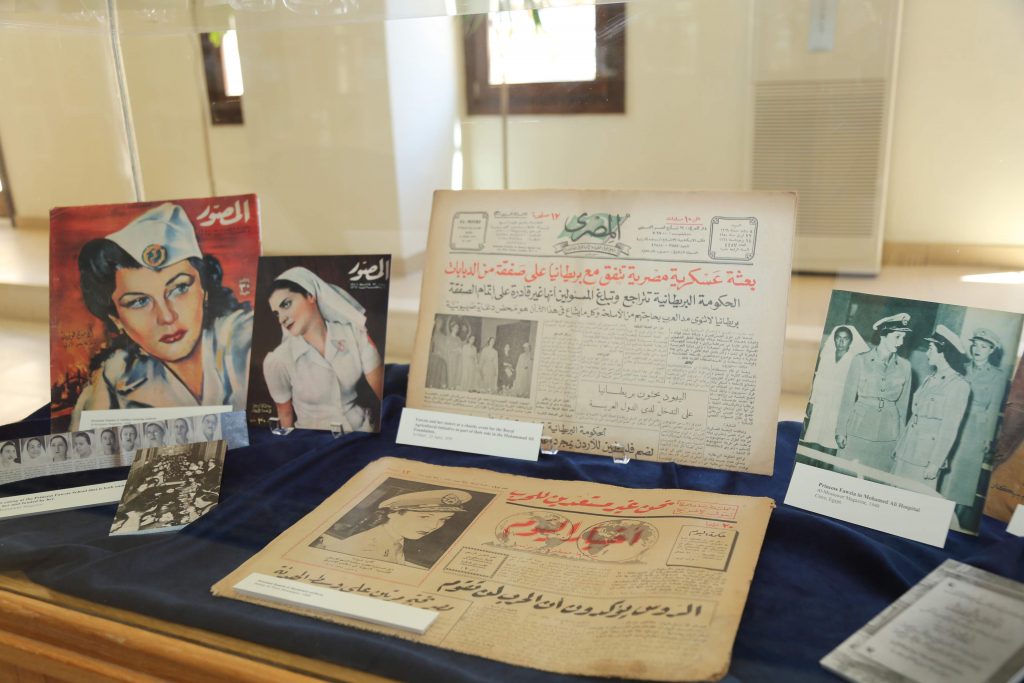
An elegant figure, with a delicate face, clad in royal jewelry first then a military nurse uniform. Scenes of a smiling yet politely composed couple waving at an Iranian crowd. A princess of Egypt turned into a queen of Iran, a dutiful sister, a concerned mother, a courageous and active female royal figure – so seems Princess Fawzia Fouad, in an inaugurated exhibition at the American’s University in Cairo (AUC).
The exhibition, titled ‘Princess Fawzia: The Duality of Egyptian Womanhood Through Western and Egyptian Eyes’ was inaugurated through a combined effort of the Rare Books and Special Collections Library at AUC and Jana Amin, a 10th grade Egyptian American whose passionate research showcases the portrayal of not only the princess but various royal women in national and international media.
The exhibition itself is based on archives pulled from the RBSCL as well as from KEW National Archive in the United Kingdom, namely photos, magazine covers and newspaper clippings covering the life of Princes Fawzia, the sister of king Farouk, from her birth all the way to her second marriage to Egyptian diplomat Ismail Chirine Bey.
As per an official press statement by the AUC, the material of the exhibition was pulled from various outlets such as “Al-Musawer, Al-Ahram, Al-Misri, Radio Misr, Akher Saa’a”.
Jana Amin, whose interests included gender studies and Islam, is a student in Milton Academy in Massachusetts and the mastermind behind the exhibited work. Her mission and goal is, through the exhibition, to help women authenticate their narrative and rethink media coverage of certain individuals.
Taking an interest in women’s role during the 1919 uprising lead her to research more about Fawzia whose photo she saw by chance.
A year long process, the research took her to multiple libraries and archives, including the AUC one.
With the aid of Eman Morgan, assistant director of special projects at AUC’s Rare Books and Special Collections Library (RBSCL) and curator of the exhibition, who was conducting her own research on the royal family, the pair were able to put together a fascinating exhibition which would spread information about the life of Fawzia to a general public which knows little about one of the last princesses of Egypt.
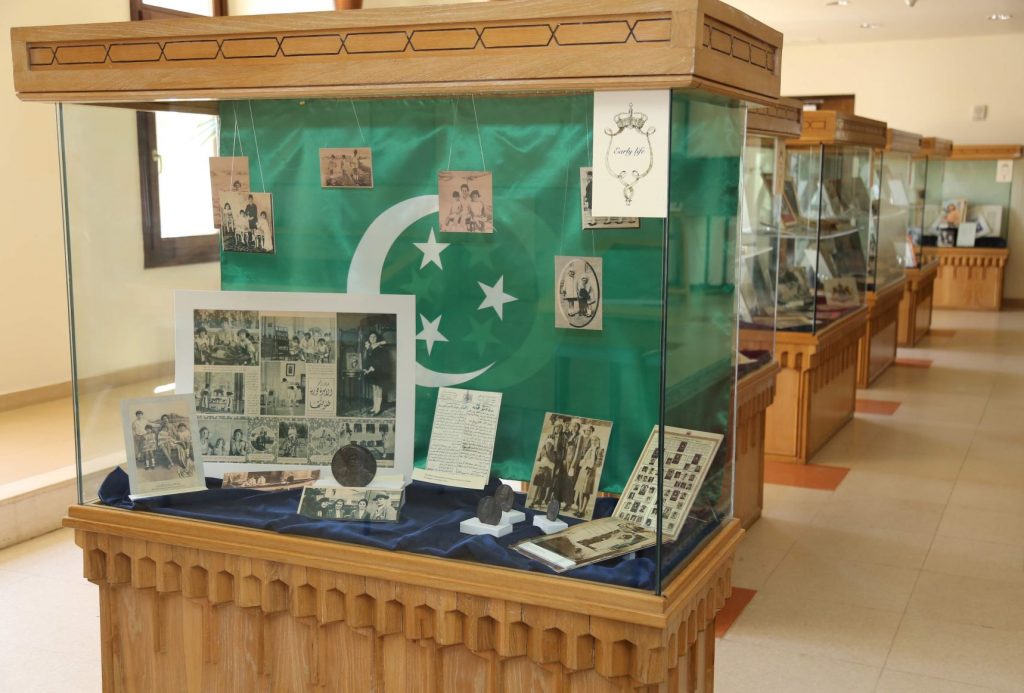
While nostalgia often inspires modern day Egyptians to ponder about Egyptian monarchy and the last royal family, not much is actually known about King’s Farouk’s sisters except their beauty.
One surprising and positive element the exhibition has definitely highlighted is Princess Fawzia’s active engagement not only in health initiatives but also in the education of young women; she was known to have funded and established schools for girls, herself having been educated in Switzerland with linguistic skills in French and English on top of Arabic.
The core of the exhibition explores in detail her marriage, widely dubbed a ‘political union’ to the Iranian Crown Prince in 1939; she became the first wife of the Shah of Iran, Mohammed Reza Pahlavi.
It is estimated that the royal union was to strengthen Egypt’s relation with Iran, bringing the royal house an elevated prestige and influence within the Islamic world. Nonetheless, the marriage turned out to be unsuccessful, with Fawzia officially divorcing from Pahlavi in 1948.
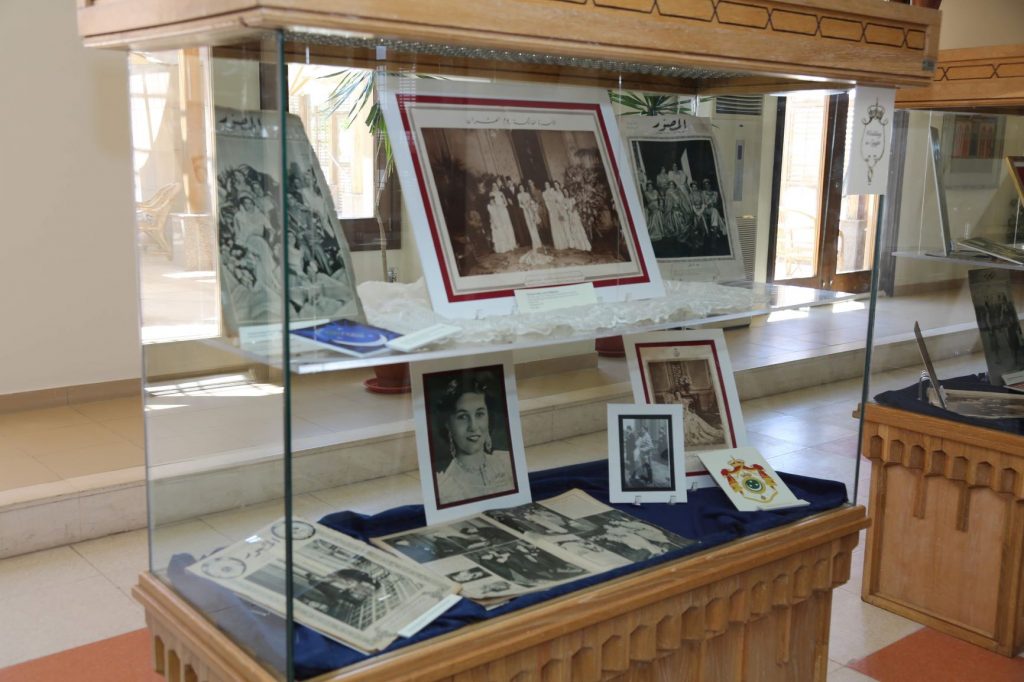
The princess, who not only had to deal with the pressure of bearing the Shah a son, a feat she was not capable of since she bore him a daughter solely, must have also had to deal with the pressure of adapting to life in Iran, a culturally and religiously different climate than cosmopolitan Cairo and Egypt at the time.
According to Amin, western media especially focused on Fawzia’s incapacity to bear male offspring as a reason for the royal divorce. This contrasts strongly with the official reason given by Egyptian and Iranian authorities which was that the Egyptian princess couldn’t bear the climate of Iran as per her physician.
“In 2013, Iranian Princess Ashraf Pahlavi, the twin sister of the Shah, said in her memoires that failing to bear a male son wasn’t the reason of divorce, still a lot of people cite this as a reason,” explains Amin to Egyptian Streets.
More realistically, the princess was said to have been unhappy with her new life in Iran. To bring matters into some perspective, Fawzia and Pahlavi belonged to two different Islamic sects; she was Sunni while he was Shia. Moreover, she was rumored to have a tumultuous relationship with Reza’s mother and sisters; she was largely perceived as being ‘bad luck’ in the eyes of the Iranian people as per Western media which followed her personal life in great details.
Following her disappointing divorce, Fawzia was forced to leave behind her daughter, princess Shahnaz, to be reared in Iran.
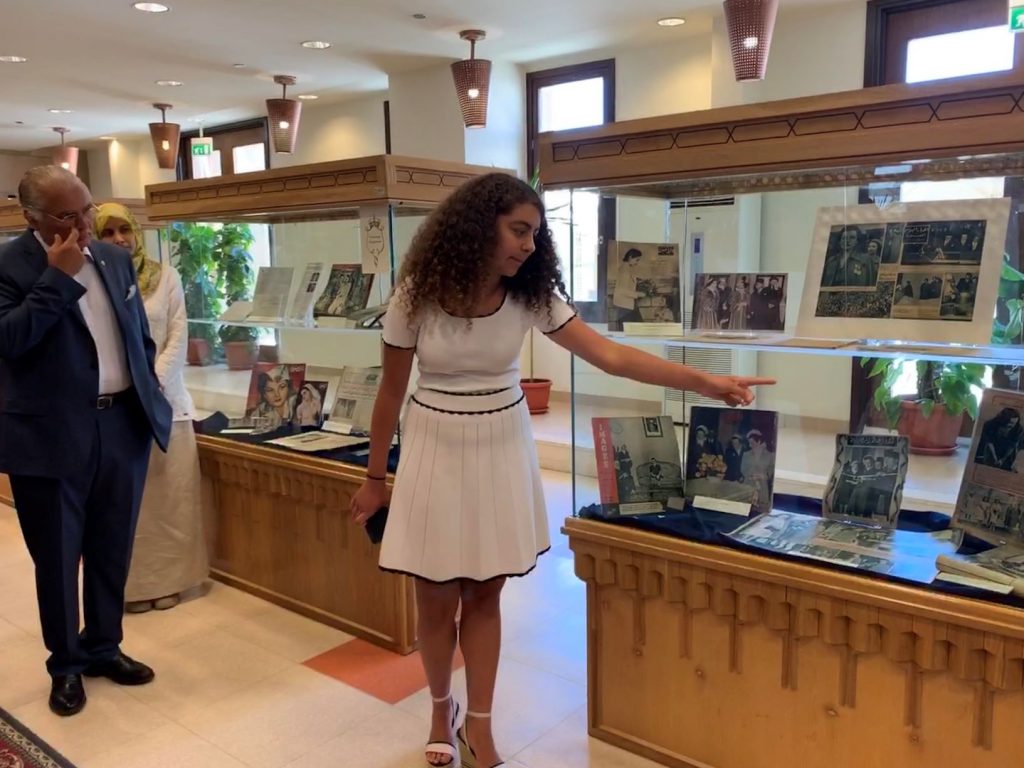
One of the great highlights of the exhibition is the overall message the exhibition hopes to convey about women’s role and civic engagement in Egypt.
“The more I researched about her accomplishments on a national level, the more I think it’s really unfortunate that we don’t know about this history today,” explains Amin who sees a silver lining, “Researching that there were successful women doing what she was doing 100 years ago makes me feel like the same can be done today.”
The young researcher also acknowledges the parallels between Fawzia’s time and contemporary Egypt with divorce stigma still rampant and crippling women’s reputations.
Amin is also skeptical of media coverage; researching how Fawzia was depicting in national and international news outlets has enabled her to strong vocalize a point about selective portrayal and the need to understand and research about certain figures rather than being content with generalized or biased depictions.
Interestingly, a quick chat with Amin reveals also that Fawzia and her husband led a quiet life after 1952, largely dodging media and refusing to conduct interviews.
Credited with saying “Twice in my life, I lost the crown. Once I was the queen of Iran, and once I was the princess here,” Fawzia quietly passed away in the midst of political unrest in 2013, with very little media brouhaha over her death.
The exhibition, truly giving one a chance to peer into her life in a way that is difficult without access to certain archival material, gives one a chance to peer closely at the one of the last princesses of Egypt.
On display at AUC’s campus in the Fifth of Settlement, the exhibition runs until October 31.
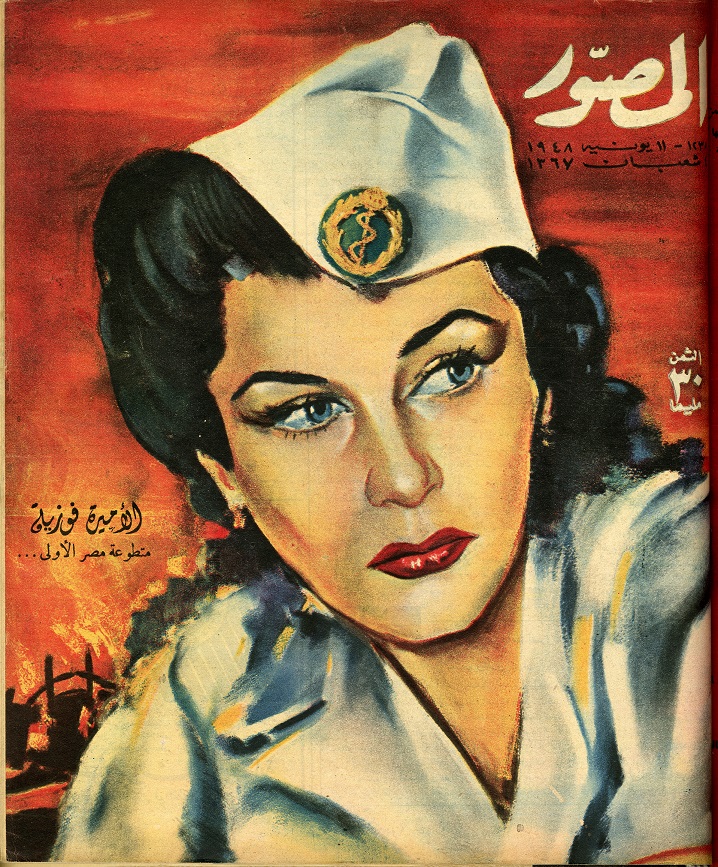


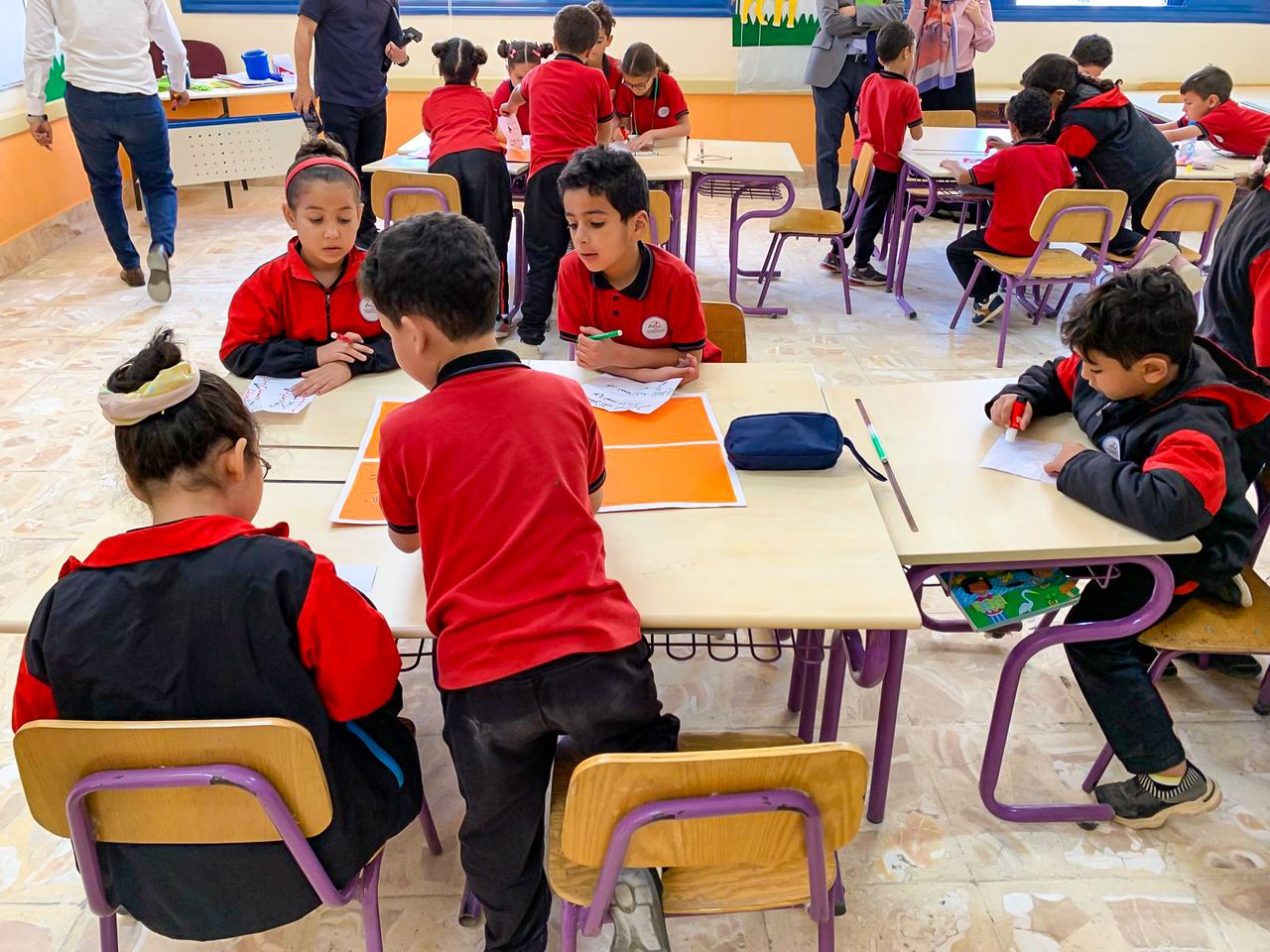
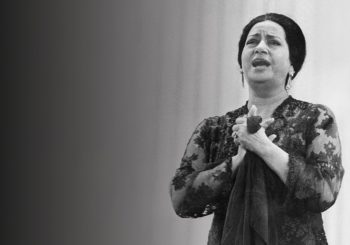


Comments (0)